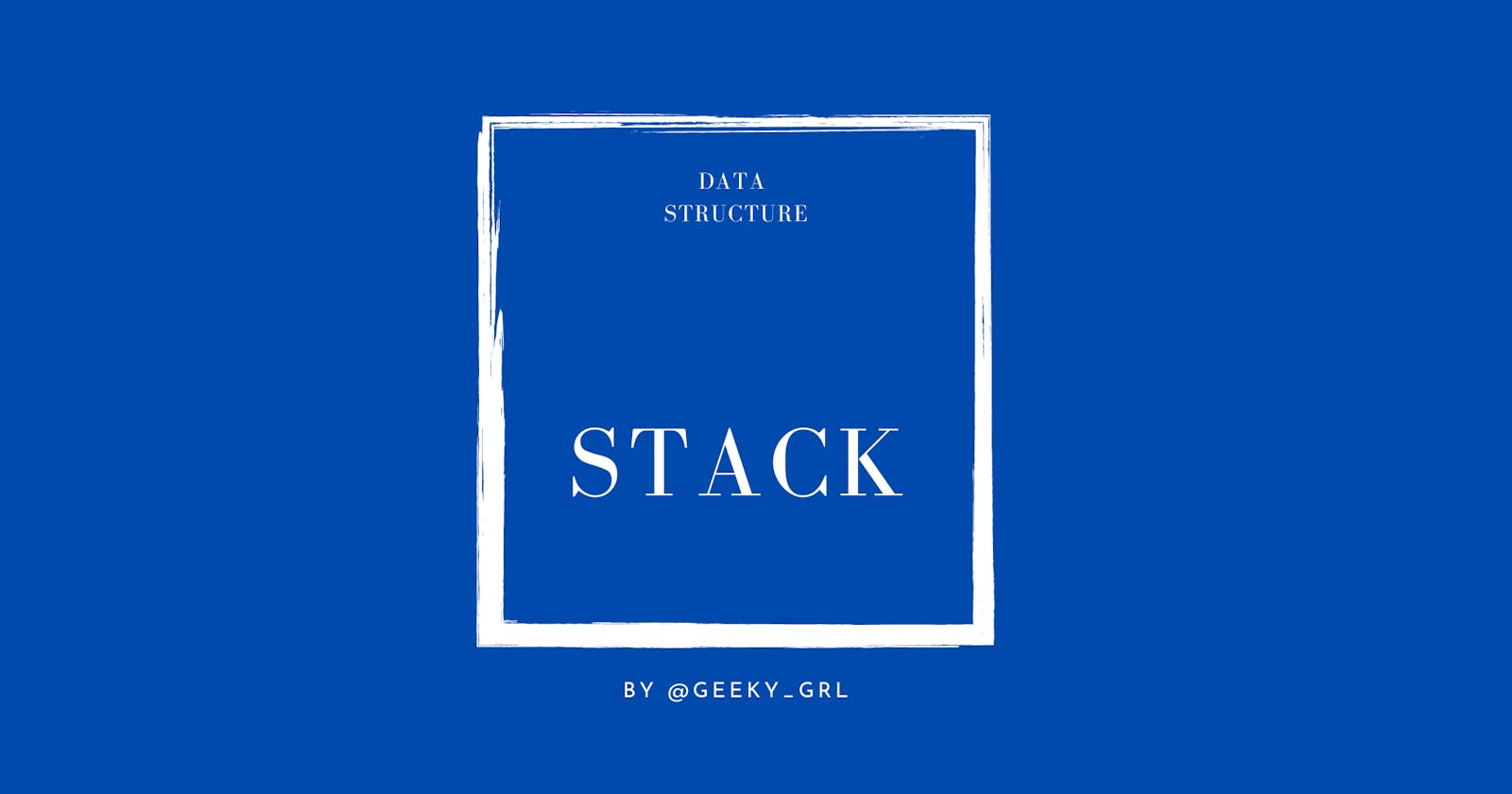Concept
Definition
A stack is a linear data structure that stores items in a Last-In/First-Out (LIFO) manner.
A stack is typically implemented using an array or a linked list.
The basic operations that can be performed on a stack are:
Push: Adds an item to the top of the stackPop: Removes an item from the top of the stackPeek: Returns the item at the top of the stack without removing it
Time Complexity:
Access -> at O(n).
Deletion at O(1).
Searching -> O(n)
Insertion -> O(1)
Where is Stack Useful?
Push back, pop front i.e process the last element again
eg: https://www.interviewbit.com/problems/simplify-directory-path/
https://leetcode.com/problems/remove-all-adjacent-duplicates-in-string/
Next smaller / larger element
eg: https://www.interviewbit.com/problems/nearest-smaller-element/
Valid parentheses as a use case
eg: https://www.geeksforgeeks.org/check-for-balanced-parentheses-in-an-expression/
- By maintaining scores:
eg: https://leetcode.com/problems/minimum-add-to-make-parentheses-valid/
- By maintaining scores:
Direct operations over stack
For recursion
eg: DFS https://leetcode.com/problems/binary-tree-preorder-traversal/
Applications of Stacks
Stacks are widely used in many applications. Some of the common examples are:
The undo/redo functionality in text editors
Balancing symbols in programming languages
Backtracking in algorithms such as depth-first search
Function calls in programming languages
So this is it for this article. I hope it helped you somewhere. Don't forget to support us and share with other geekians.
Thank you, Have a nice day !!

